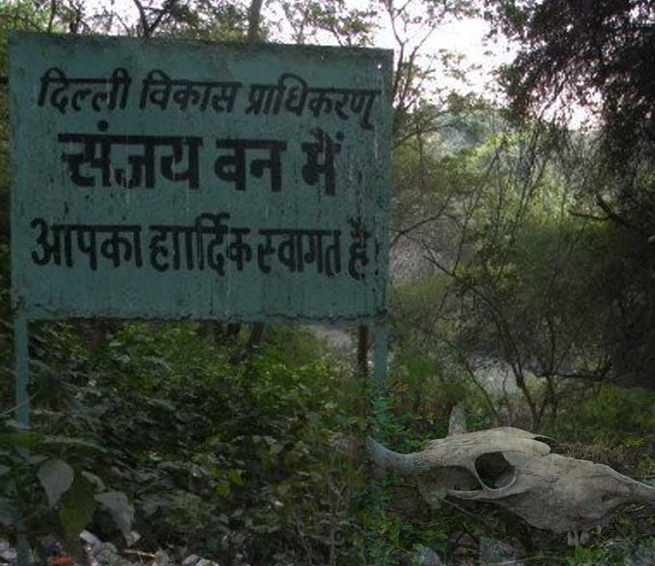There are only two Wildlife officers at play taking care of the flora and fauna of the National Capital. And one of them is perpetually on duty at district courts, Delhi High Court and the National Green Tribunal.
Despite ragging pollution, Delhi is home to huge forest reserves that few Indian or global cities can rival. The Delhi government’s wildlife department figures place the total forest area – comprising one Yamuna Biodiversity Park near Wazirabad, two sanctuaries at Asola-Bhatti and Okhla Barrage, and pockets of Aravali forests – in the city to be at 7,777 hectares, that is more than the size of 6,000 football fields.
“Wildlife inspectors are the foot soldiers of the forest department,” says Abhinav Srihan, a Delhi-based wildlife activist. “They have powers to take suo moto cognisance of a crime such as possession of a protected species (which comes under Wildlife Protection Act), and they can make arrests on the spot.”
Such shortage of staff in the Wildlife department is rather scary than funny. Says activist Srihan: “We once caught some turtles that were being smuggled. We called the forest department but they said it’s a weekend and their two inspectors are on chhutti. We called the local police and they came with a genuine answer that how were they to identify if these were native turtles or exotic (the rules differ for both). Also where will we keep them, in the lock-up?”
Due to lack of regulation and barely anyone to take care of the wildlife, Delhi has developed an underground wildlife contraband network. Ranging from Jama Masjid’s bird market to elephants brought here from Jaipur illegally, besides the smuggled animal parts. The government on its part has chosen to outsource its responsibilities
Only private NGOs and rescue teams have been at work when it comes to tackling animal related issues in Delhi. These include trapping and relocation of a 3-year-old male leopard which strayed into Jagatpur (west Delhi), the nilgai which broke into Parliament complex, a sambar deer which took shelter in a community toilet in Mayur Vihar and birds that were rescued around Makar Sakranti, when kite-flying is popular.
“We have been assisting them for 15 years and will gladly continue if they strengthen themselves,” says Kartick Satyanarayan, co-founder, Wildlife SOS. “But it is not just manpower but also equipment that needs to be looked into. The wildlife department needs at least eight to ten manned rescue vehicles, a wildlife rescue centre over an area about 10-15 acres, a wildlife veterinary hospital, and such paraphernalia.”
The courts in its observation on the issue has lamented that the government will not be able to enforce the relevant laws – Environment Protection Act, Forests Conservation Act, Indian Forests Act, etc.- if it doesn’t raise staff strength. It also said that the ‘sanctioned strength must be filled by March 2016.
A senior wildlife scientist, who did not wish to be named, said, “There is no doubt that senior officers are pretty much helpless without forest guards and rangers who form the foot soldiers. There is no point having great policies of there is no one to implement on ground.”
“The existing inspectors need to be promoted which gives them legal powers and government four-wheeler vehicles because currently they are relying on their own motorbikes,” he said


















